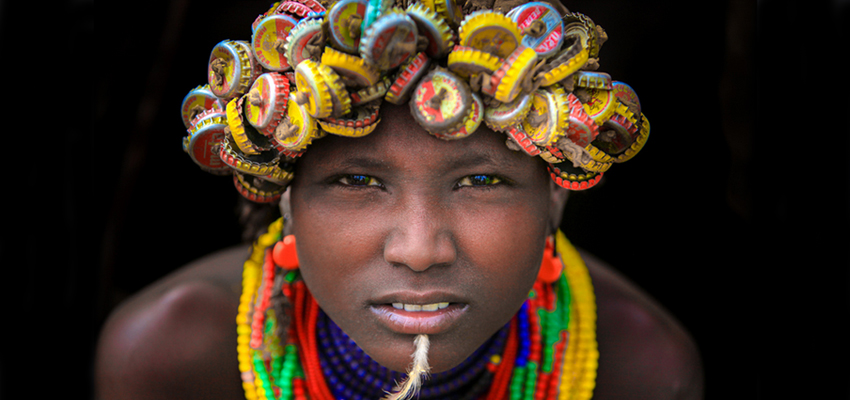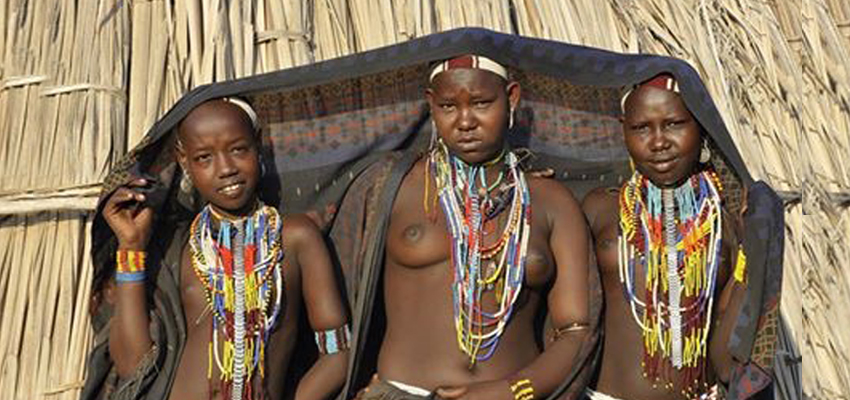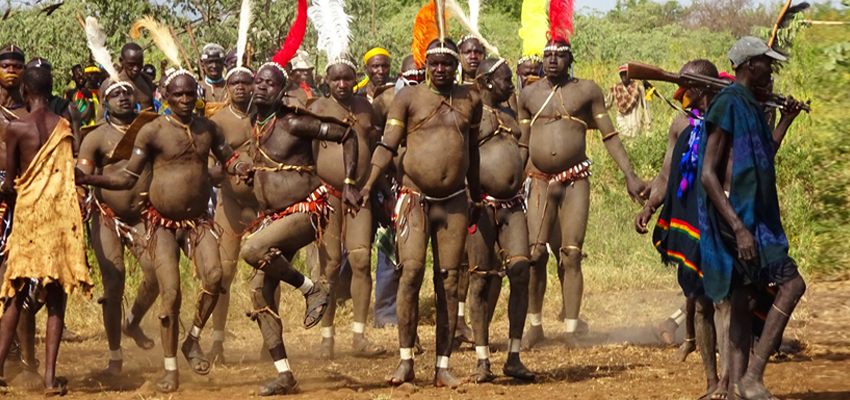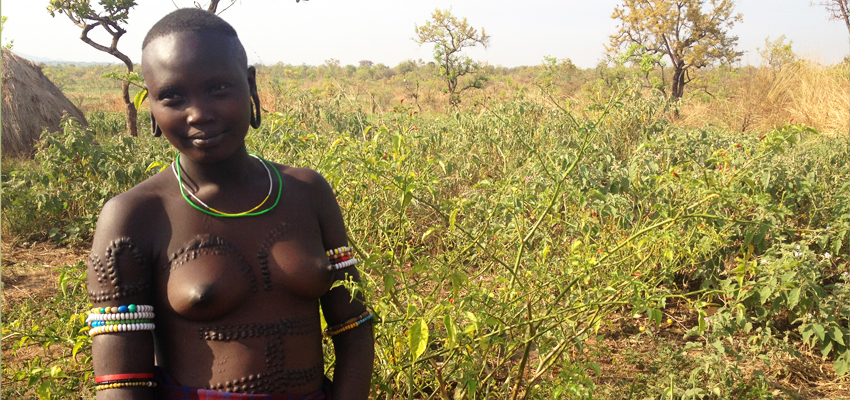Tribal Tours 2
In this section we discover the rest of most facinating Triba culture.
Dasanech Tribe
Also known as the Galeb or Geleb, this tribe lives just north of Kenya's Lake Turkana. Their neighboring tribe is the Turkana people. The Daasanech are pastralists (cattle herders), but due to the harsh territory, they have moved south to grow crops and fish. Cattle are used by the tribesman for meat, milk and clothing. Often their cattle die from disease and drought. Of all the tribes in the Omo Valley the Daasanech are the poorest. Because the Daasanech people come from multiple ethnic groups, both men and women must agree to be circumcised. There are eight clans that make up the Daasanech tribe, each having its own name. They are the Elele, Inkabelo, Inkoria, Koro, Naritch, Oro, Randal and the Ri'ele. Each clan is defined by its territory with the Inkabelo being the wealthiest. During a ceremony, the Dassanech men dance with large sticks and the women hold wooden batons. A Daasanech man blesses his daughter's fertility and future marriage by celebrating the Dimi. During the Dimi 10 to 30 cattle are slaughtered. Both men and women wear fur capes while they feast and dance. A Dimi ceremony will most likely take place in the dry season.
Arbore Tribes
The Arbore tribe is a small tribe that lives in the southwest region of the Omo Valley. They have ancestral and cultural links to the Konso people and perform many ritual dances while singing. The Tsemay people are their neighboring tribe.
Arbore people are pastoralists (livestock farmers). They believe that their singing and dancing eliminates negative energy and with the negative energy gone, the tribe will prosper.
The women of the tribe cover their heads with a black cloth and are known to wear very colorful necklaces and earrings. Young children will wear a shell type hat that protects their heads from the sun. Body painting is done by the Arbore using natural colors made from soild and stone. Traditional dancing is practiced by the tribe and wealth is measured by the number of cattle a tribesman owns.
.
Bodi Tribes
The Bodi or Me'en people live close to the Omo River in southern Ethiopia. South of the Bodi are the Mursi tribe. They are pastoralists (livestock farmers) and agriculturalists. Along the banks of the river, they will grow sorghum, mais and coffee. They live with their cattle herds and livestock plays a large role in the tribe.
Men of the Bodi are typically overweight because they consume large amounts of honey. The men wear a strip of cotton around their waist or walk around naked. In June, the Bodi celebrate Ka'el. This is a tradition that measures the body fat of a contestant. Each family or clan is allowed to enter an unmarried contestant. The winner of this contest is awarded great fame by the tribe. Men also wear a headband with a feather attached to it during rituals. The women in the tribe wear goatskin skirts and have a plug inserted into their chin.
.
Surma Tribe
Surmas (or Suri) live in southern Ethiopia, on the west bank of the Omo River. Since time immemorial, they have had to fight to protect their land and cattle, especially against their ennemies, the fierce
Nyangatoms. Civil War in Sudan flooded the area with AK 47, and raids have become increasingly bloody. In this context of continuous insecurity, Surmas have more than ever to display their courage,
their virility and their strength, and Donga is a unique occasion to perpetuate their legend.
In order to witness these ritual fights, a two or three days long drive from Addis Abeba with a 4WD is necessary. Once there, you will spend the night at the Police Station of Turgit (two shacks made with
bits and pieces) in the middle of huts and under the constant surveillance of local armed policemen... Just forget about mobile phone, newspapers, TV or any Internet access, you are cut off from the
rest of the world, surronded by naked warriors and women wearing lip plates.
One of the main Surma customs is stick fighting. This ritual sport is called Donga or Sagenai. Donga is both the name of the sport and the stick, whereas sagenai is the name of the stick-fighting
session. In most cases, stick fighting is a way for warriors to find girlfriends, it can also be a way to settle conflicts. On this occasion men show their resistance to pain, to the young women. The fights
are held between Suri villages, gathering hundreds of warriors..
Other Categories
Other Tribes
Nyangatom
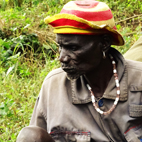
The Nyangatom are also known as the Bumi or Bume people. They live south of the Omo National Park, but occasionally move to the lower regions if food or water is scarce. Known to be fierce fighters, they are often at war with Hamer and Karo tribes. Different from other tribes, the Bumi tribesmen hunt crocodiles using harpoons and a canoe.
Scarification is practiced by both men and women in the tribe. The women do it to beautify themselves and the men to signify a kill. Both sexes wear a lot of multi colored necklaces and may also have a
lower lip plug.Konso
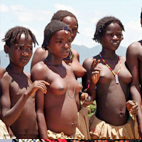
The Konso live in an isolated region of the basalt hills. The area is made up of hard rocky slopes. A Konso village maybe fortified by a stone wall used as a defensive measure. Their village is located on hilltops and is split up into communities, with each community having a main hut. In order to enter a Konso village, you must pass through a gate and a series of alleys. These paths are part of it's security system, keeping the village difficult to access.
The erection of stones and poles is part of the Konso tradition. A generation pole is raised every 18 years, marking the start of a new generation. The age of a village can be determined by how many poles are standing. Carved wooden statues are also used to mark the grave of a famous Konso tribal member. The marker, called a Waga is placed above the grave and smaller statues are then placed around the larger one representing his wives and conquered enemies.

